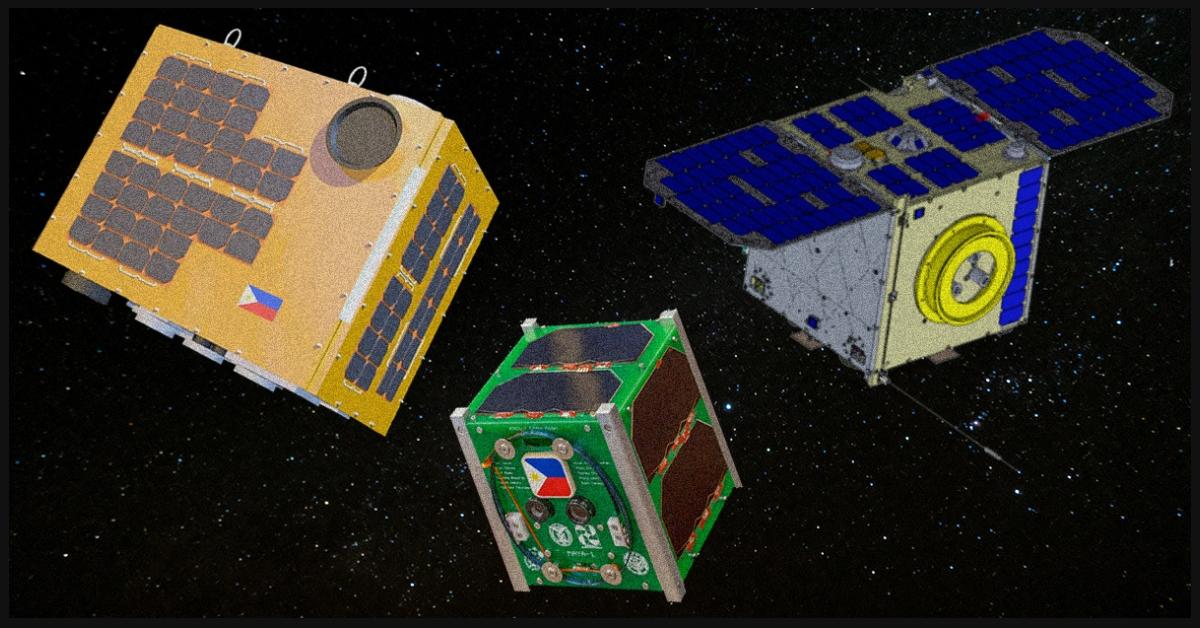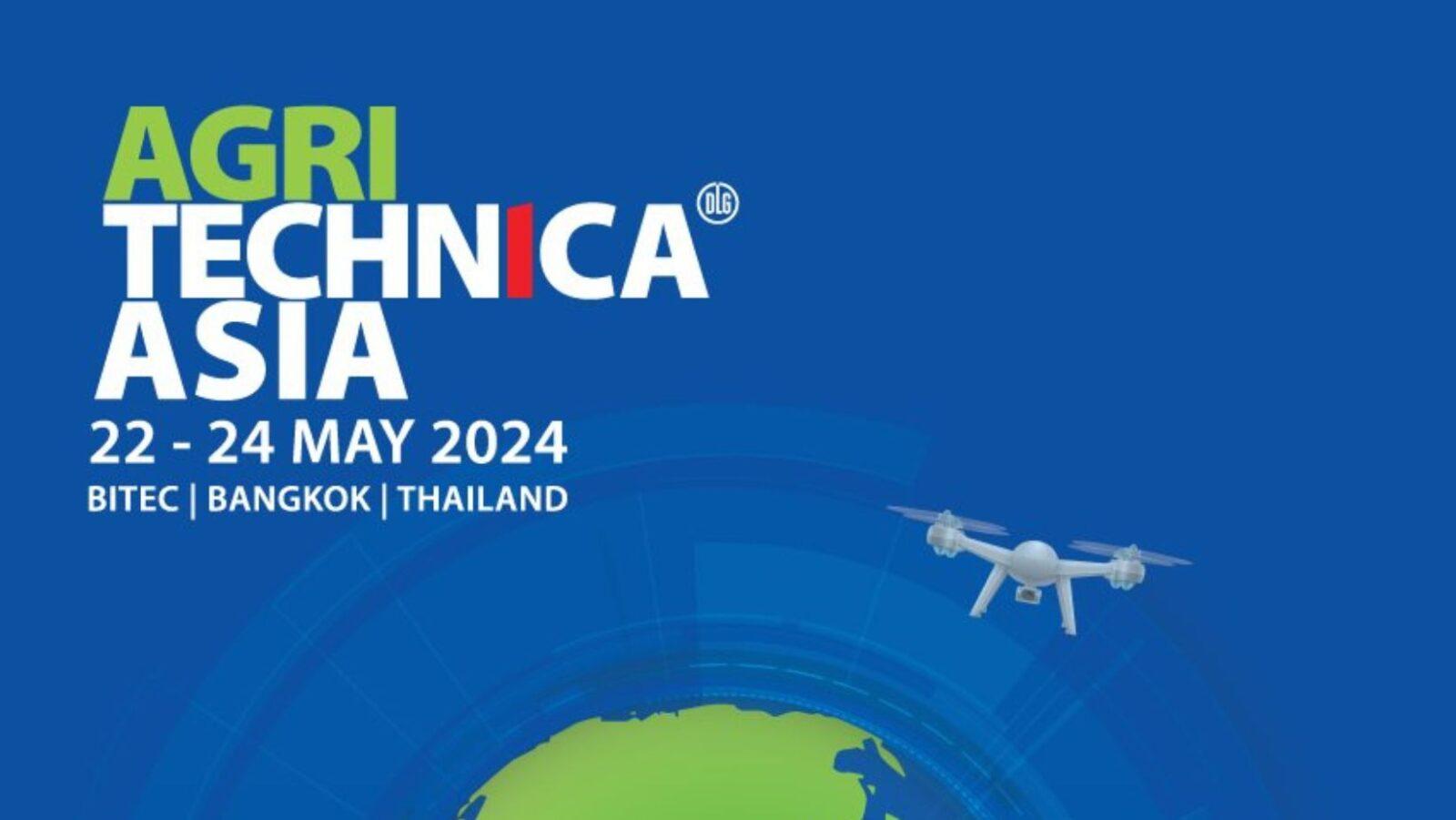•Dr. Mengu Cho and Dr. Sangkyun Kim from Japan’s Kyushu Institute of Technology recently discussed lean satellite technology at the University of the Philippines Diliman.
•Adopting the “lean” philosophy in satellite creation may prove to be advantageous for the Philippines, in terms of both practicality and market.
•Despite the inherent limitations of lean satellites, with further research, the technology can still evolve to become more powerful and useful.
Last March 8, professors from Japan’s Kyushu Institute of Technology (KyuTech) delivered a lecture on lean satellites at the Institute of Biology Auditorium, University of the Philippines (UP) Diliman.
Dr. Mengu Cho, director of the Laboratory of Spacecraft Environment Interaction Engineering (LaSEINE) of KyuTech, talked about the philosophy, issues, and future of lean satellites. Meanwhile, Dr. Sangkyun Kim, an associate professor in the LaSEINE, discussed the practical applications of lean satellites.
What “lean” means
According to Dr. Cho, lean satellites utilize “non-traditional” risk-taking development and management approaches. The lean approach aims to deliver low-cost value to the customer without taking too much time to launch.
“When we adopt untraditional development processes to achieve low cost and fast delivery, the size [of the satellite] becomes inherently small,” said Dr. Cho.
Dr. Cho also clarified that lean satellites and small satellites are not necessarily the same. He said that neither mass nor size defines a lean satellite; therefore, the word “small” is not always applicable. Instead, it is the design philosophy, manufacturing process, mission program management, and other factors that determine whether or not a satellite is “lean.”
While traditional satellites are capable of taking images of the Earth anytime and could last in orbit for five years, they are quite expensive to manufacture. Dr. Cho said that it would take USD 500 million and up to 12 years of development before such satellites could be launched.
Furthermore, traditional satellites require better parts, higher reliability, and extensive testing, making the manufacturing process longer and more costly. Thus, only a handful of countries can produce this type of satellite.
Cute sats
On the other hand, lean satellites and cube satellites (CubeSats) are characterized not only by lighter mass and smaller size, but also efficient design.
The Philippine-made satellites Diwata-1, Diwata-2, and Maya-1 are examples of lean satellites.
According to Department of Science and Technology Advance Science and Technology Institute (DOST-ASTI) acting director Dr. Joel Marciano Jr., the lean satellite approach was adopted from lean manufacturing. “[T]hat kind of mindset is in order to be more agile in space. You risk manage, you manage the risk,” he said.
As Dr. Marciano explained, an example of managing the risk for space satellites would be testing a CubeSat in a space-like environment before launching it.
The lean approach also allows the Philippines to become an active participant in the field of space science. “It’s becoming more accessible, which is the whole philosophy of it,” he added.
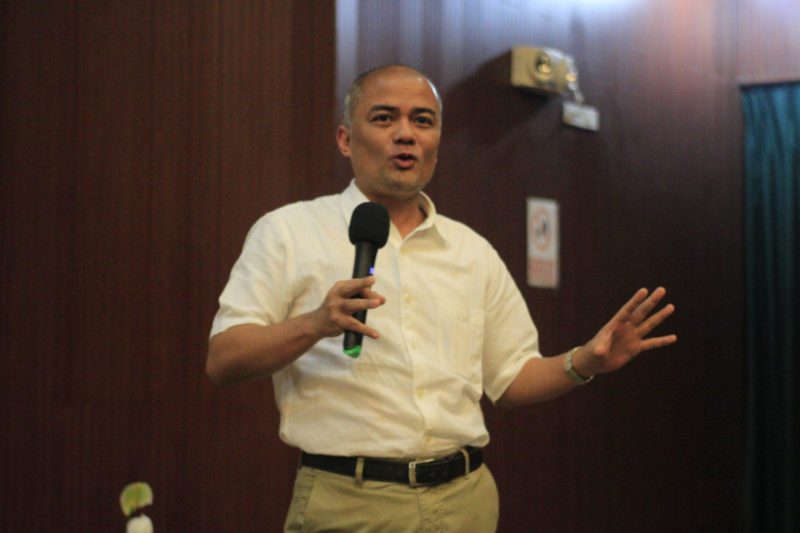
The “lean” philosophy
During his lecture, Dr. Cho mentioned that the lean concept emerged from the automobile industry. This makes it a bit challenging to apply the idea to satellite-making.
Automobile standards on safety and damage resistance, for instance, cannot be applied to satellites. As satellites operate in space, the idea of manually repairing or maintaining them during their lifetime is not a feasible one.
However, the “lean” philosophy — delivering to a customer at the lowest cost in the fastest manner — can be applied to all industries.
Due to its low-cost nature, the lean philosophy enables the creation of multiple satellites (constellations). The practical uses of this technology include low-volume communication, data collection via fixed sensors in remote areas, simultaneous multipoint observation, and low-resolution imaging for agriculture, environment monitoring, and land usage.
Dr. Kim also explained that from a market perspective, the lean philosophy is attractive because of its low manufacturing cost and fast delivery. According to Dr. Kim, this can play a key role in driving growth in the market. He provided some examples of the different applications of space science, which include communication, remote sensing, Earth observation, maritime surveys, weather forecasting, and biological experiments.
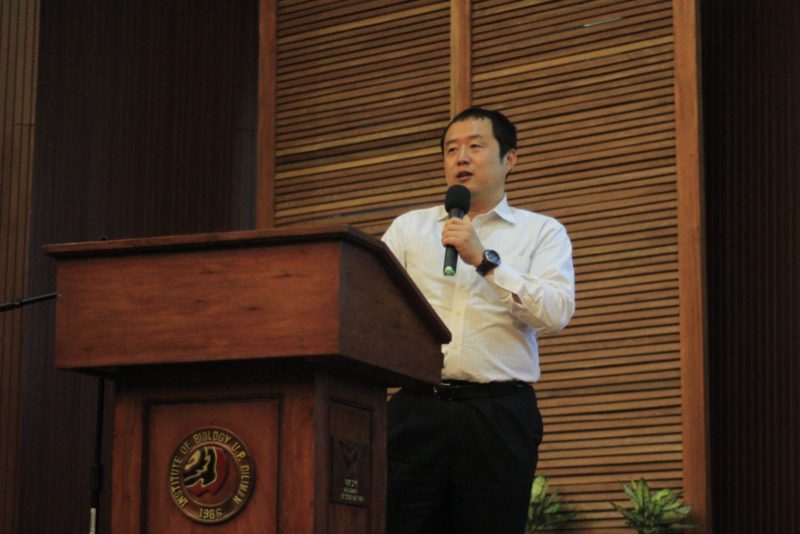
Present-day problems, future possibilities
Lean satellite technology, however, is not without its issues.
For starters, launching lean satellites almost entirely depends on piggybacking off of other satellites. “It’s like a space jeepney,” quipped Dr. Cho.
Lean satellites also possess limited functionality due to their size. According to Dr. Cho, adding better features to lean satellites requires advanced electronic and mechanical components that will fit inside them.
Another issue is optical observation. Because of size restrictions, the optical payload of lean satellites is limited, meaning a shorter focal length. This, in turn, results in a less-than-ideal image resolution.
However, Dr. Cho said that the biggest issue in using small satellites is their generally limited power, which is “determined by the area facing to the sun.” According to Dr. Cho, low power limits the amount of data that such satellites can send back to Earth.
Regardless, Dr. Cho believes that through constant and consistent innovation, lean satellite technology can further evolve to bypass or even eliminate these problems.
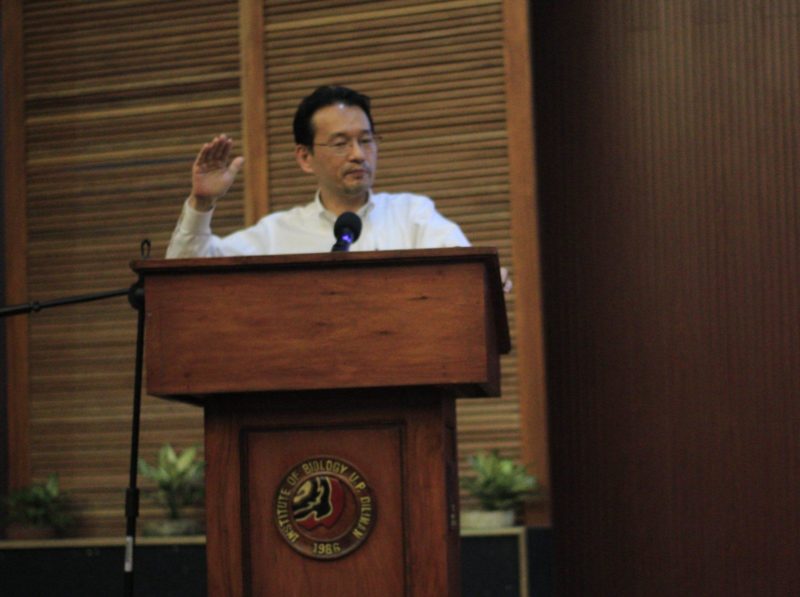
The lecture was organized by the Space Technology and Application Mastery, Innovation and Advancement (STAMINA4Space) Program (formerly PHL-Microsat), in partnership with DOST. The program aims to develop local expertise in space science and engineering, in time for the establishment of the Philippines’ own space agency.–MF
Cover photo: Pinoy Science (Diwata-1), Wikimedia Commons (Diwata-2), JAXA (Maya-1), Francesco Ungaro
Author: Reiven Pascasio
Reiven Pascasio is a journalism student from the College of Mass Communication, UP Diliman. His passion and advocacy is to promote the availability of science for the people through science communication.

